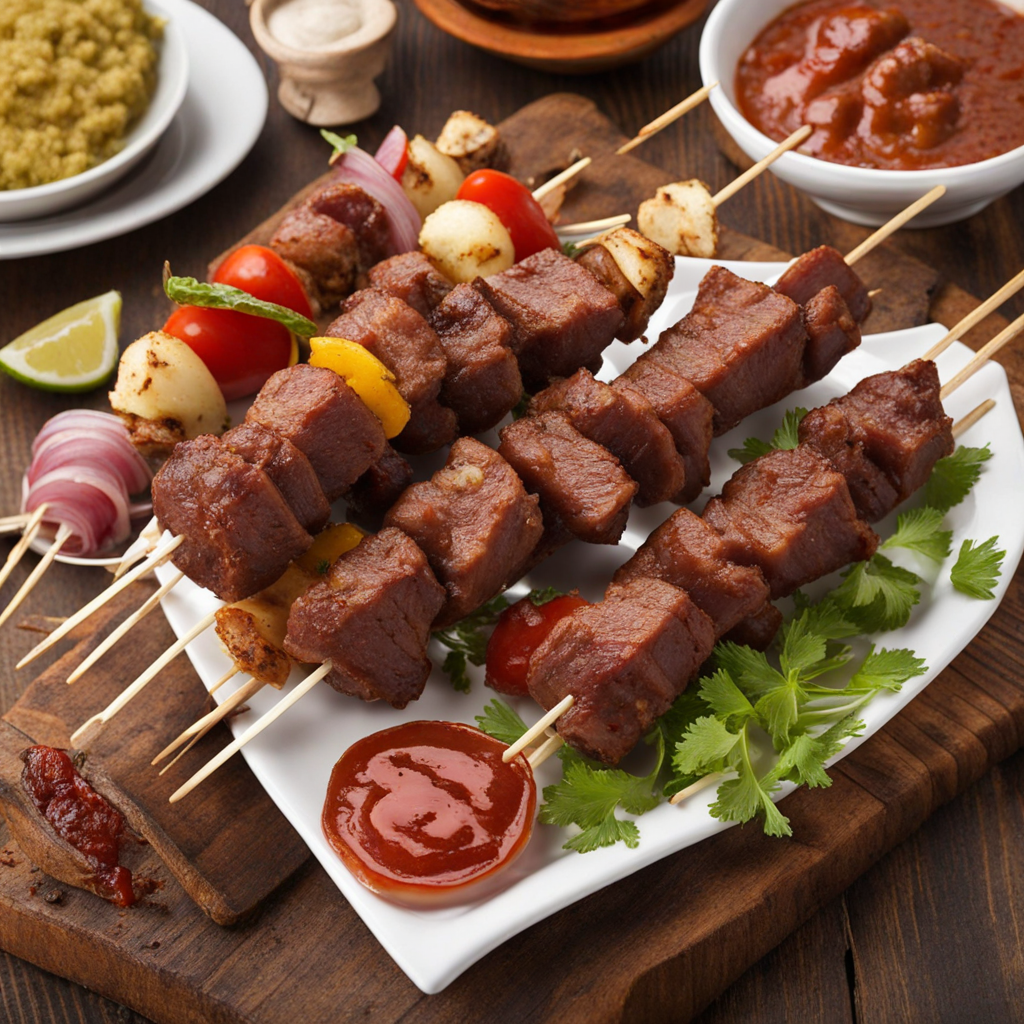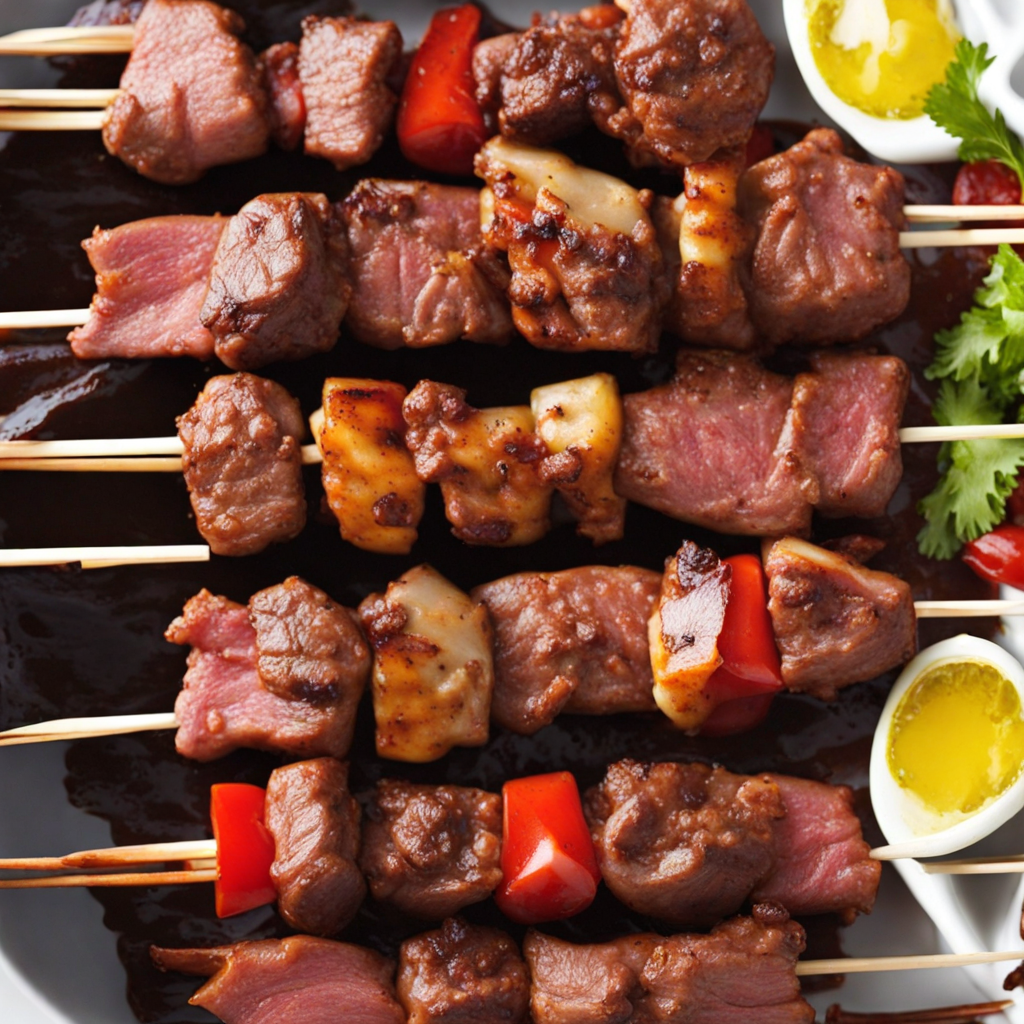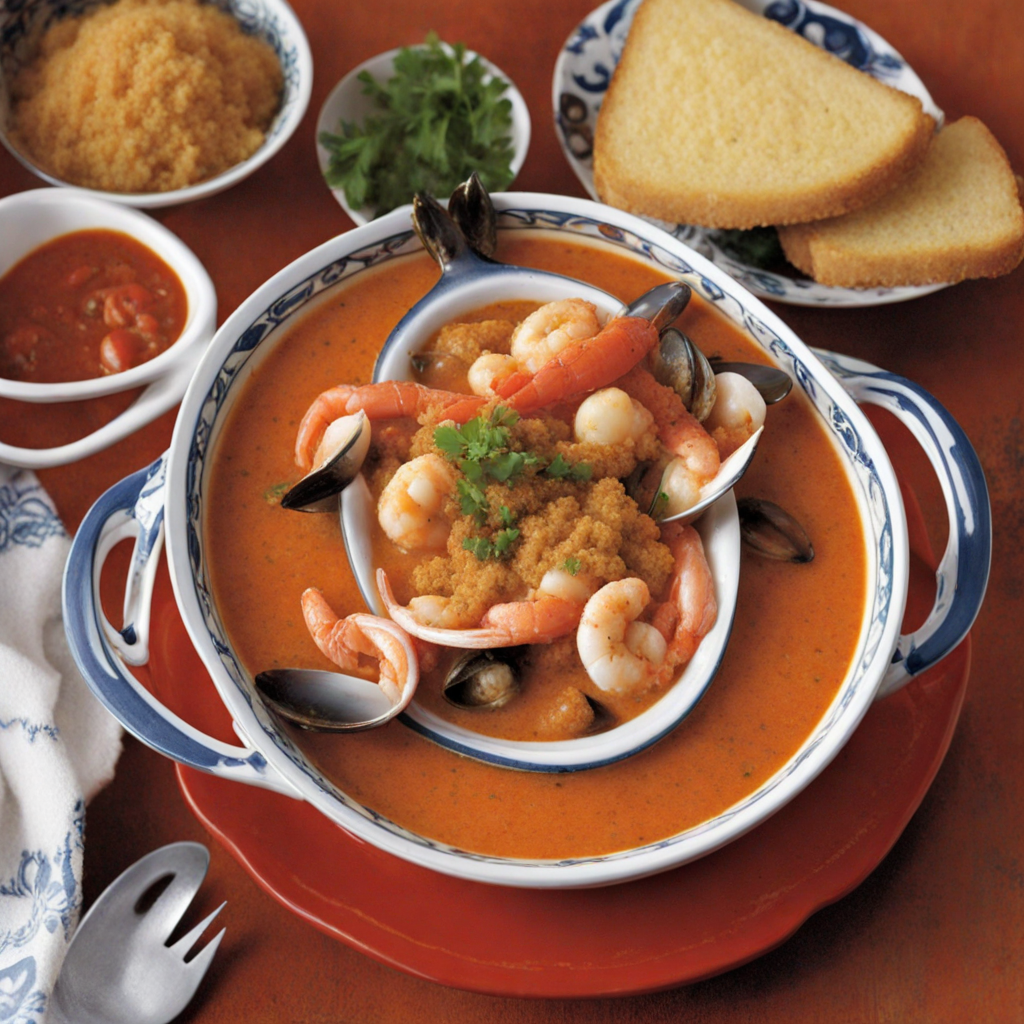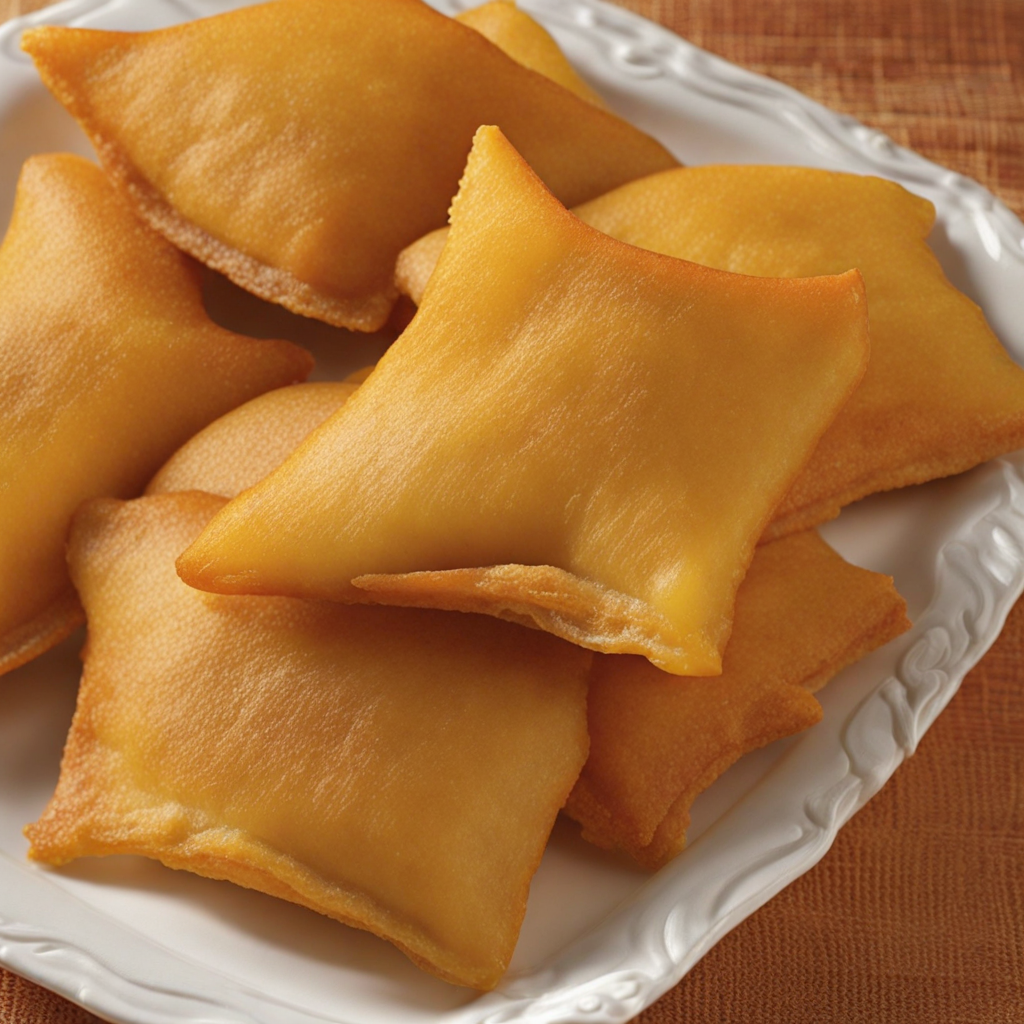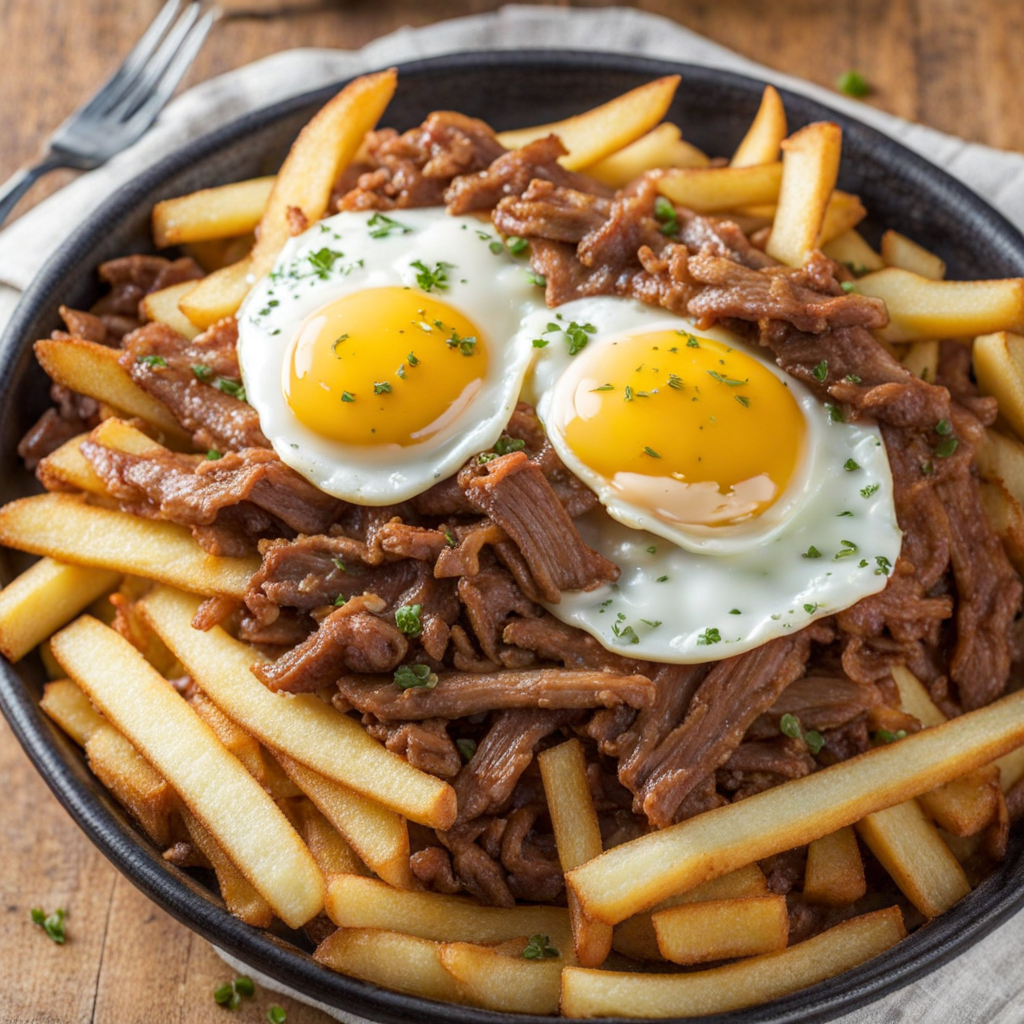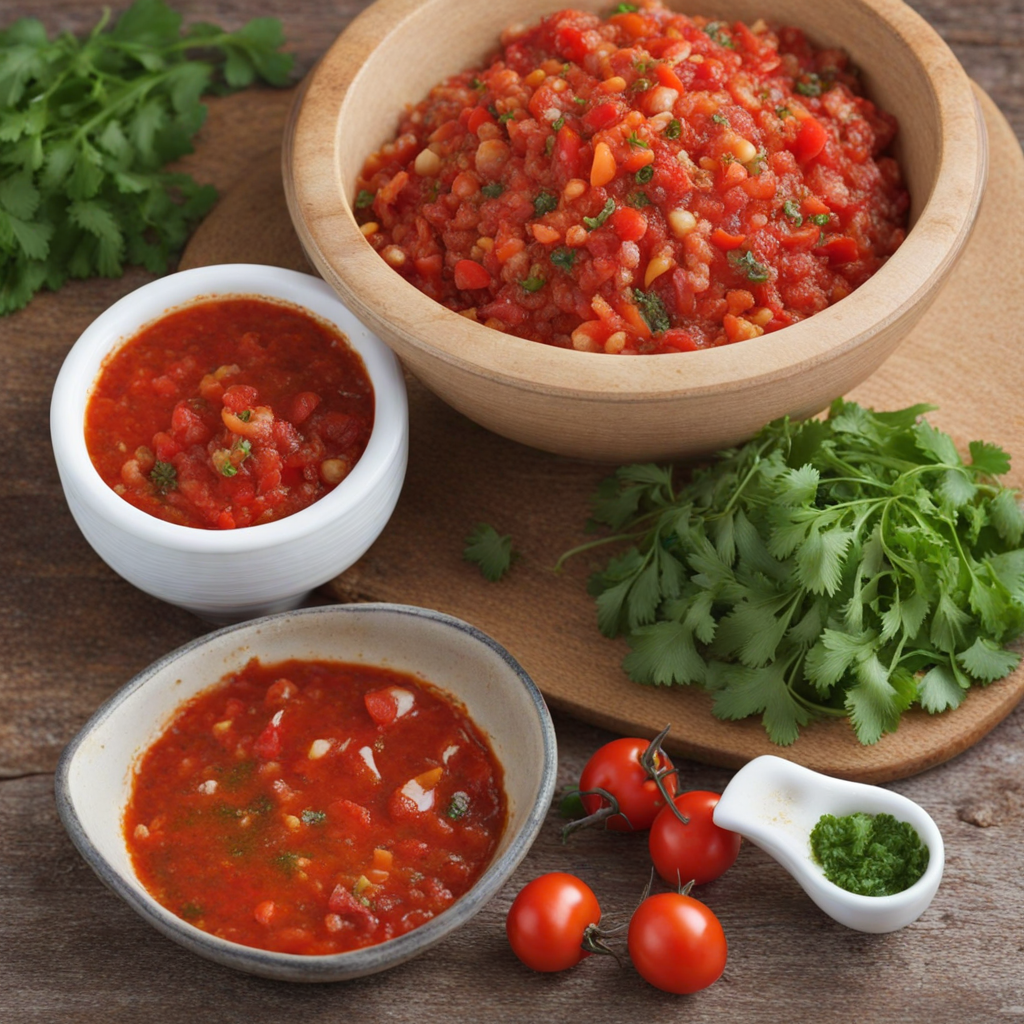Anticuchos
Anticuchos are a beloved culinary delight that originated from the streets of Peru, but they have found a special place in the heart of Chilean cuisine as well. These skewers are traditionally made from marinated beef heart, which is infused with an array of spices and herbs, giving it a rich and savory flavor. The meat is typically cut into bite-sized pieces and skewered, then grilled to perfection over an open flame. The charred exterior adds a delightful smokiness, while the tender interior remains juicy and packed with flavor. In Chile, variations may include different types of meats, such as chicken or pork, providing a twist on the classic recipe.
How It Became This Dish
The History of Anticuchos in Chile: A Culinary Journey Anticuchos, a beloved culinary tradition, have carved out a unique niche in the gastronomic landscape of Chile. Although the term "anticucho" is often associated with the Andean regions of Peru and Bolivia, where skewered meats are a staple, the Chilean variant has a rich history and cultural significance that reflects the country’s diverse heritage. #### Origins: A Fusion of Cultures The roots of anticuchos can be traced back to the indigenous peoples of the Andes, particularly the Inca civilization, which thrived in the region long before the arrival of the Spanish in the 16th century. The word "anticucho" is believed to derive from the Quechua language, where "anti" means "from the Andes," and "kuchu" translates to "tail," referring to the tail end of the meat, though interpretations of the term vary. In Chile, the history of anticuchos is intertwined with the country’s colonial past. Spanish colonizers introduced various cooking techniques and ingredients that would influence local cuisine. The introduction of beef, pork, and chicken, along with the infusion of spices and cooking methods from Europe, created a melting pot of flavors. This fusion laid the groundwork for what would evolve into the modern Chilean anticucho. Initially, anticuchos were made with cheaper cuts of meat, typically from lamb or beef, often marinated in a blend of spices, vinegar, and sometimes even beer. The skewering method of cooking was practical, as it allowed for easy grilling over open flames. This cooking style not only preserved the meat but also imparted a smoky flavor that became a signature of the dish. #### Cultural Significance: A Symbol of Community and Celebration Anticuchos hold a significant place in Chilean culture, often associated with communal gatherings and traditional celebrations. They are a popular street food, commonly found at fairs, festivals, and family barbecues (asados). The preparation and enjoyment of anticuchos often embody the spirit of camaraderie, as families and friends come together to share food and stories, reinforcing social bonds. In Chile, anticuchos are particularly prevalent during the summer months, especially in January and February, when the tradition of grilling outdoors is in full swing. The act of cooking anticuchos is not merely a task; it is a cherished ritual that brings people together. The skewers are often accompanied by a variety of condiments and sides, such as pebre (a Chilean salsa made from chopped tomatoes, onions, cilantro, and chili peppers) and bread, making the meal a communal feast. Moreover, anticuchos are often served at local fairs known as "ferias," where artisans and vendors showcase their crafts and culinary skills. These events serve as a celebration of local culture and heritage, allowing the community to come together and honor traditional foods. #### Development Over Time: From Street Food to Gourmet Cuisine As Chilean cuisine has evolved, so too has the preparation and presentation of anticuchos. What began as a humble street food has undergone transformations that reflect changes in culinary trends and consumer preferences. In recent years, there has been a resurgence of interest in traditional foods, with chefs and food enthusiasts exploring the flavors of their heritage. Modern anticuchos can be found in gourmet restaurants, where chefs experiment with different types of meat, marinades, and cooking techniques. While traditional anticuchos are still made with beef or lamb, innovative variations have emerged, incorporating seafood, vegetables, and even exotic spices. This evolution showcases the adaptability of the dish and its potential for reinvention while remaining rooted in its cultural significance. In addition, the rise of food tourism has contributed to the popularity of anticuchos beyond Chile's borders. Travelers seeking authentic culinary experiences are increasingly drawn to the country's street food scene, where anticuchos are often highlighted as a must-try dish. This exposure has helped elevate the status of anticuchos, allowing them to be appreciated not just as a regional specialty but as a symbol of Chilean identity and culinary artistry. #### Conclusion: The Enduring Legacy of Anticuchos Anticuchos in Chile represent more than just a delicious meal; they encapsulate the history, culture, and community spirit of the nation. From their indigenous origins to their role in modern culinary practices, anticuchos have adapted to the changing times while retaining their essence as a beloved dish. As Chile continues to embrace its culinary heritage, anticuchos will undoubtedly remain a staple, celebrated for their unique flavors and the communal experiences they foster. Whether enjoyed at a bustling street market or a refined dining establishment, anticuchos are a testament to the enduring legacy of Chilean cuisine—where tradition and innovation coexist, and every bite tells a story.
You may like
Discover local flavors from Chile


